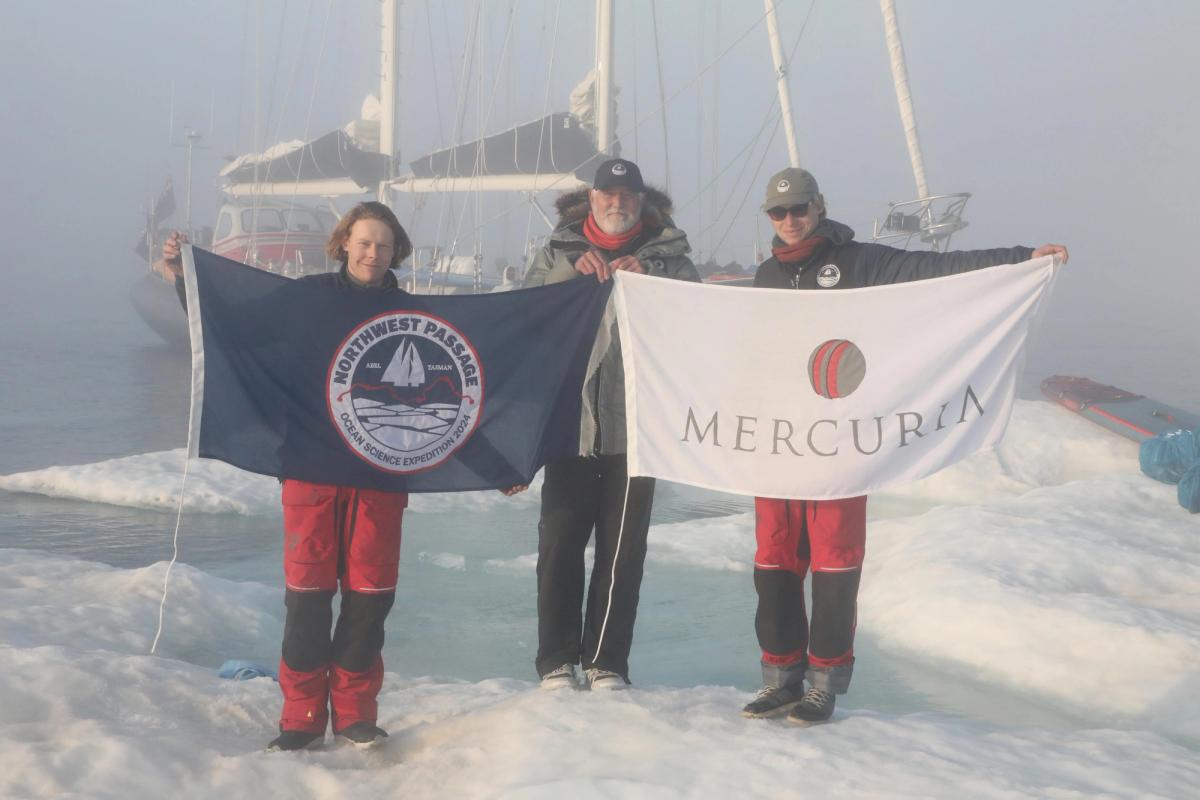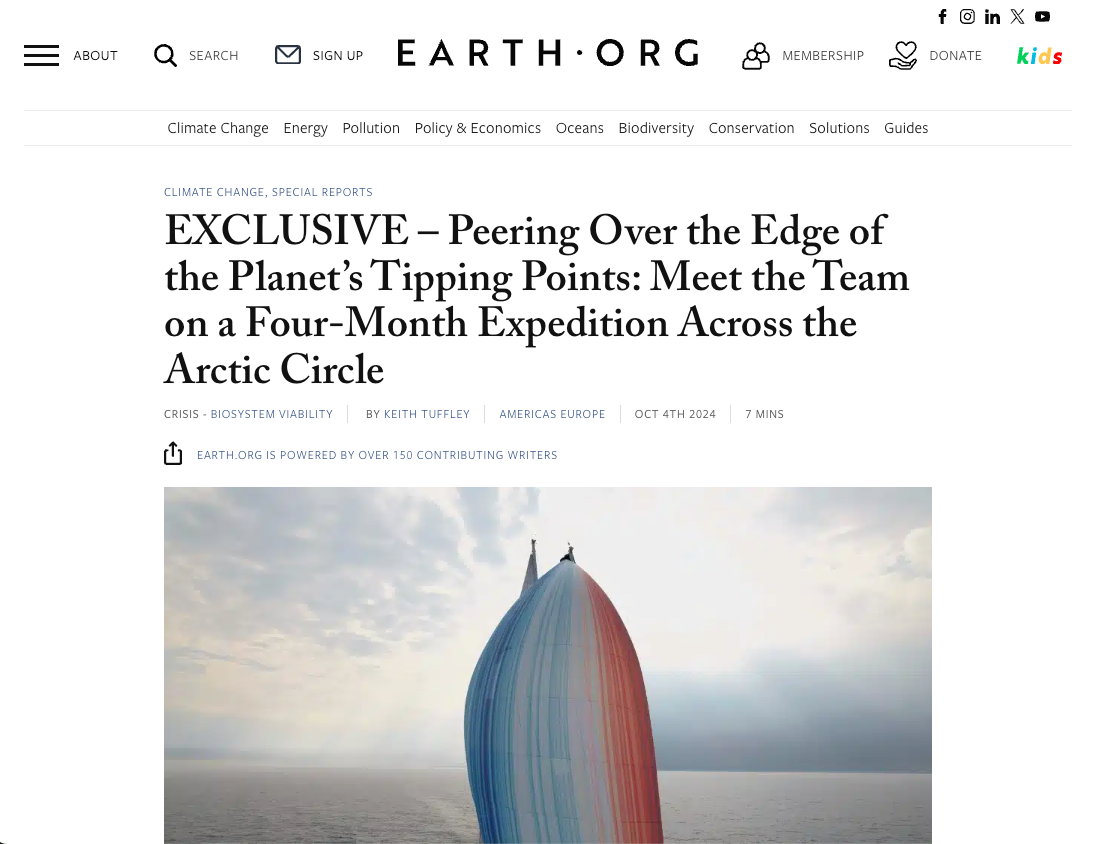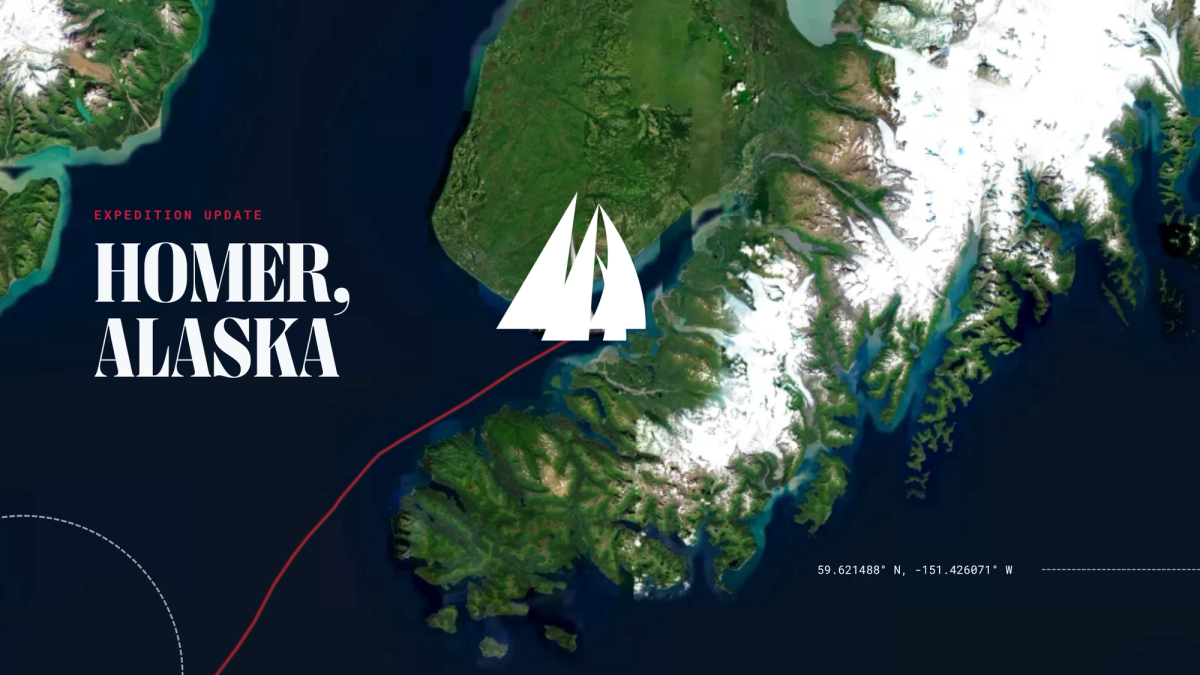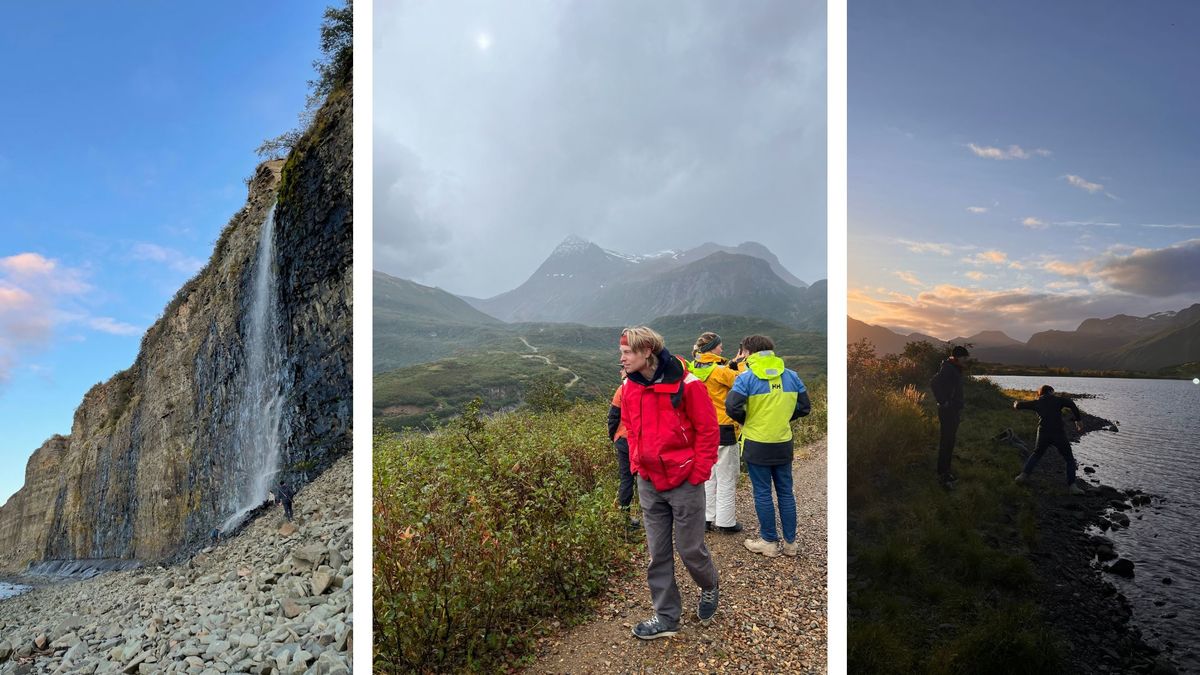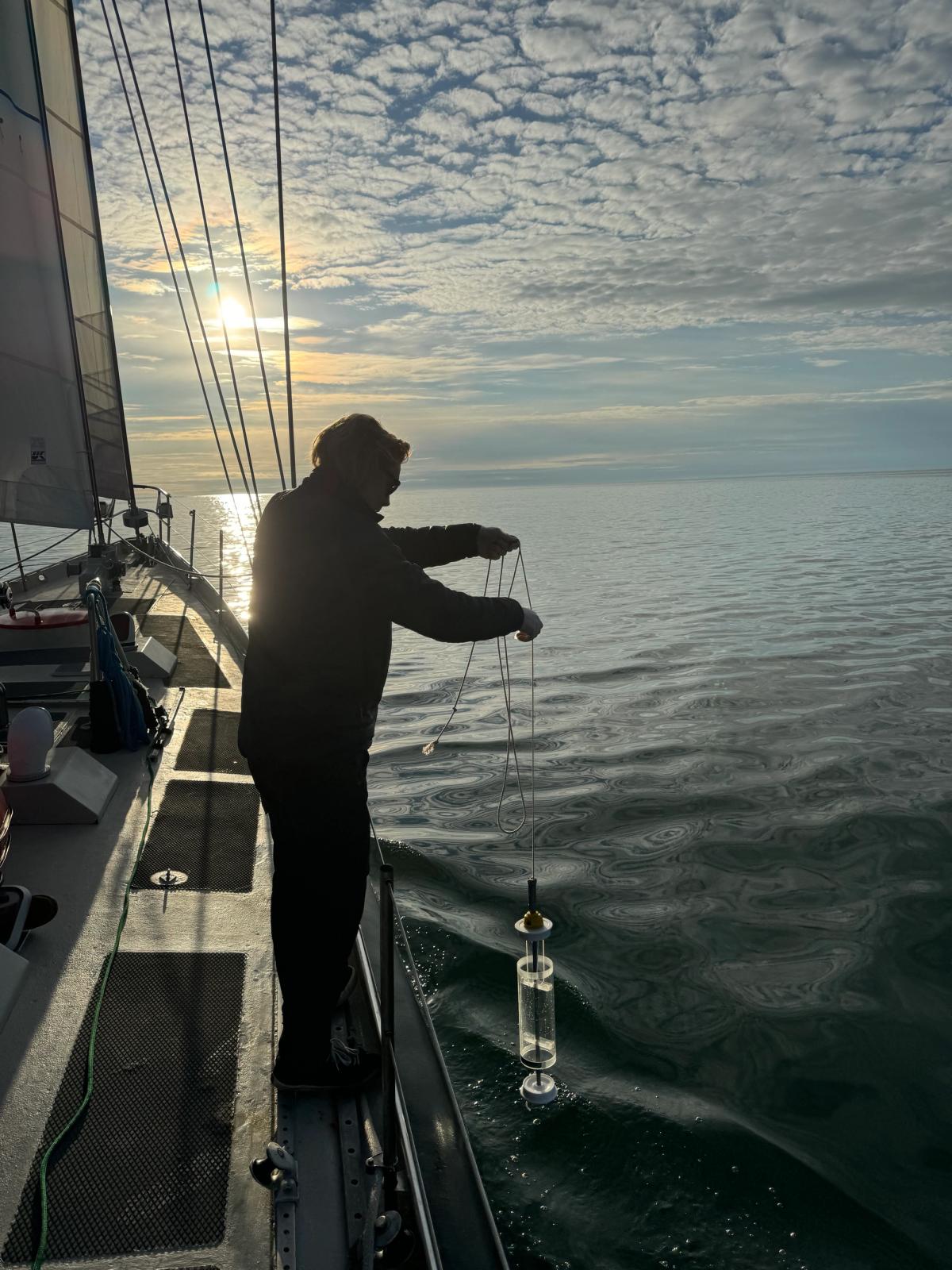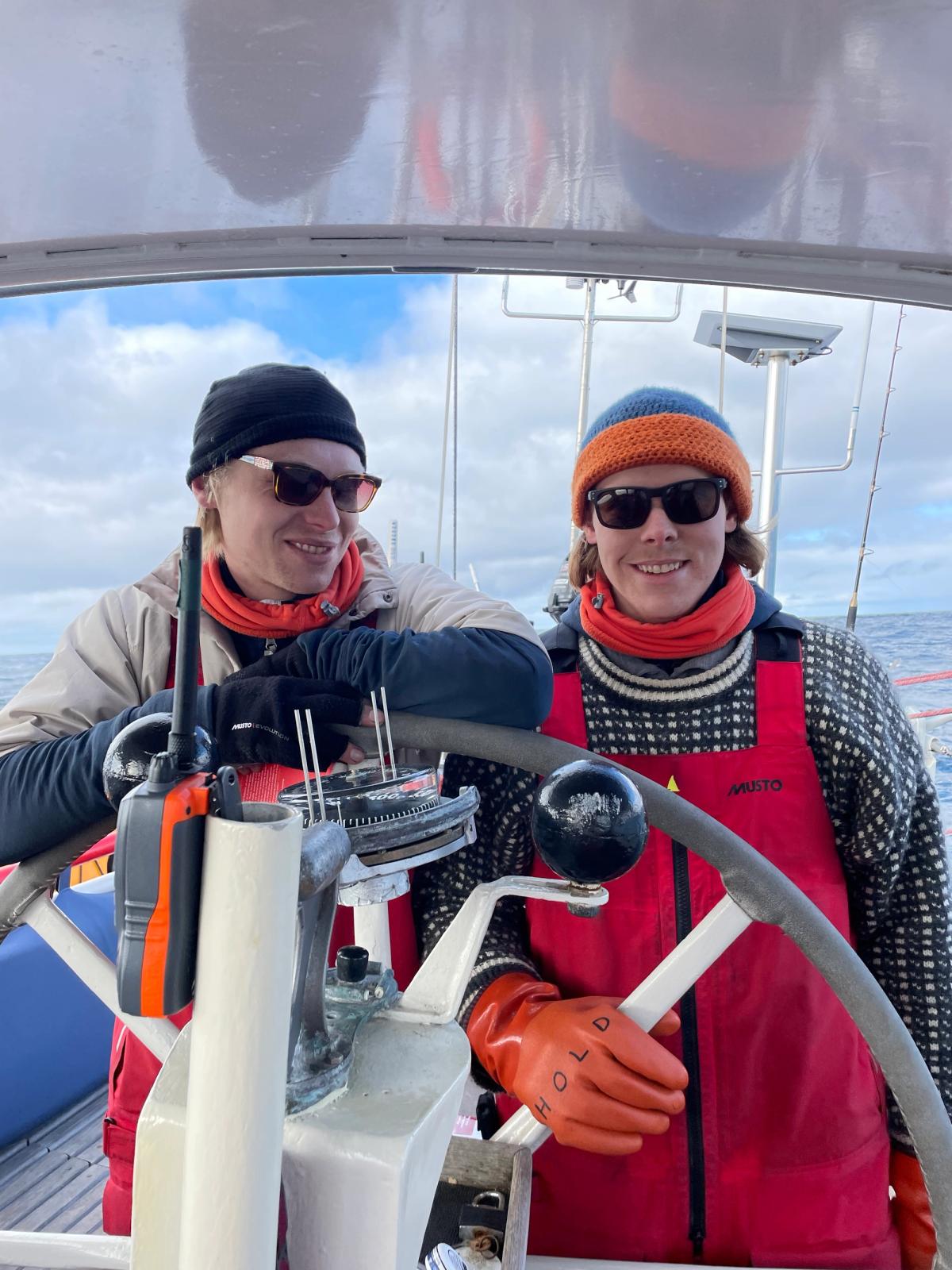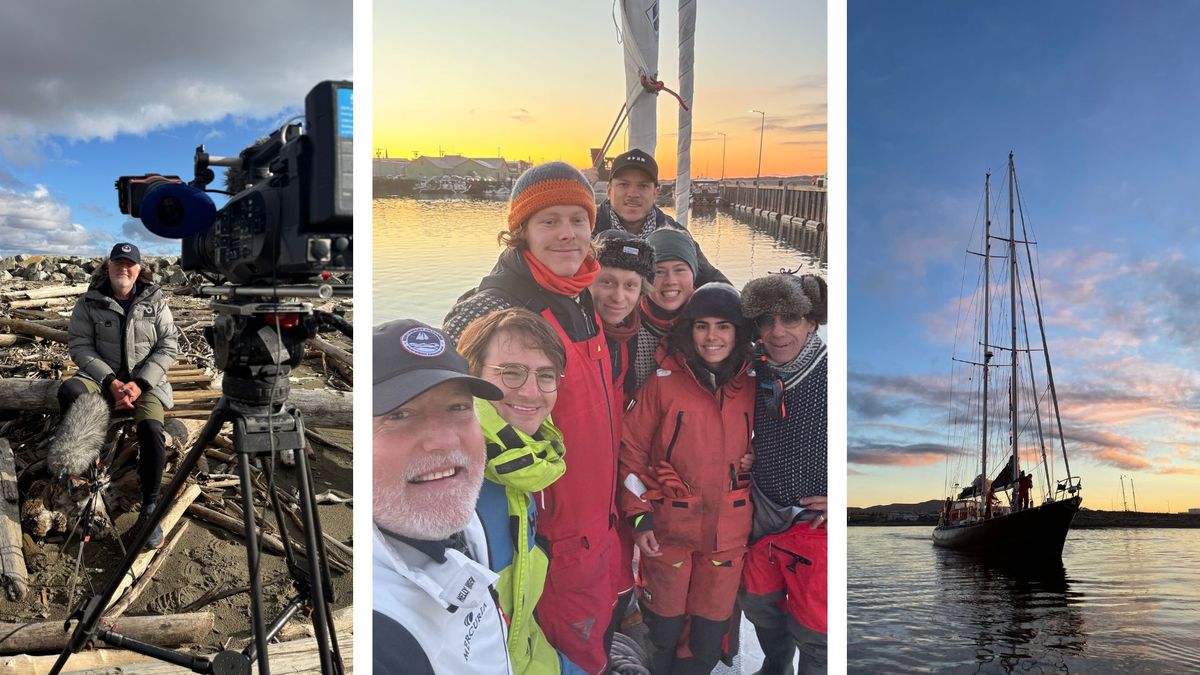Northwest Passage Ocean Science Expedition featured in Financial Review
Keith shares why he gave up an executive role at Citi Bank to sail the Abel Tasman on a four month voyage through the Arctic. Read the article here: https://www.afr.com/life-and-luxury/travel/this-aussie-banker-jacked-it-in-for-an-arctic-journey-like-no-other-20241009-p5kh64
 Northwest Passage Ocean Science Expedition featured in Financial Review
Northwest Passage Ocean Science Expedition featured in Financial Review